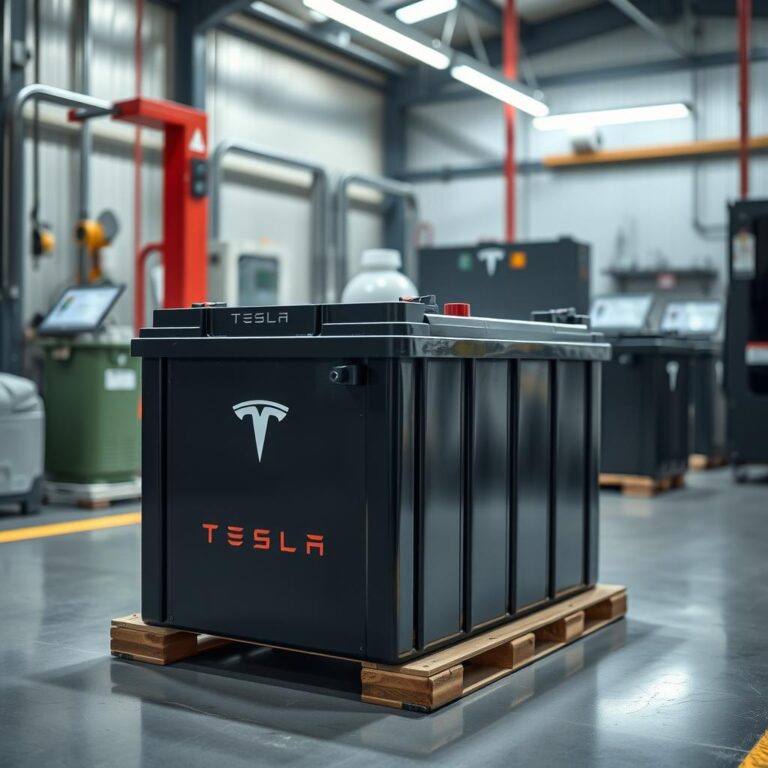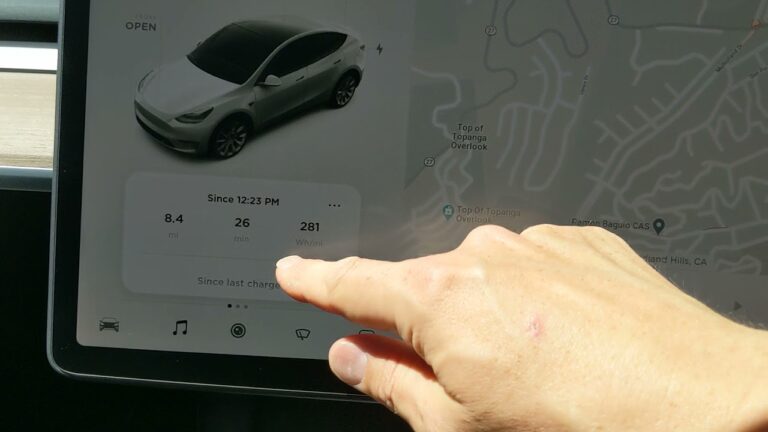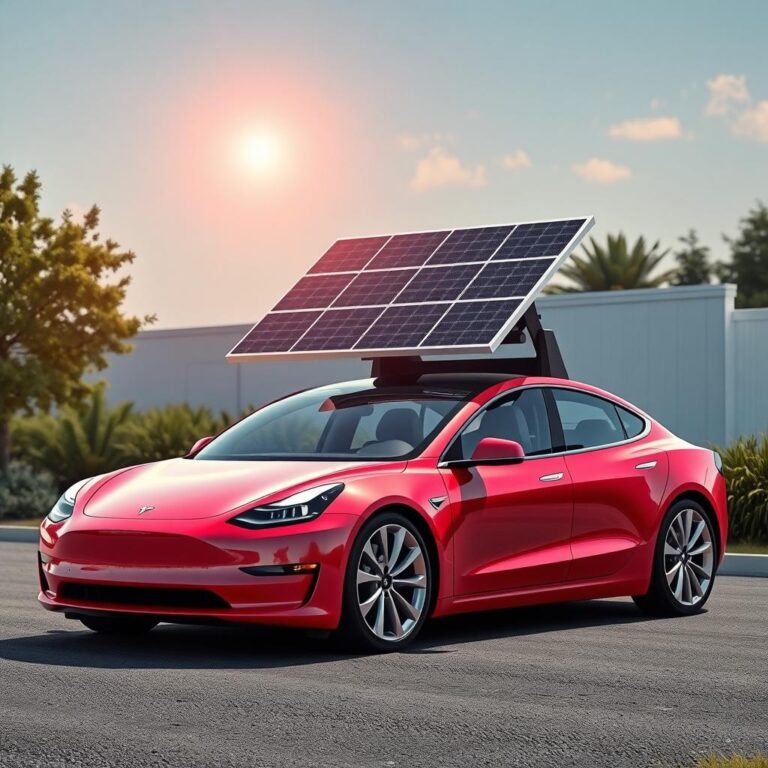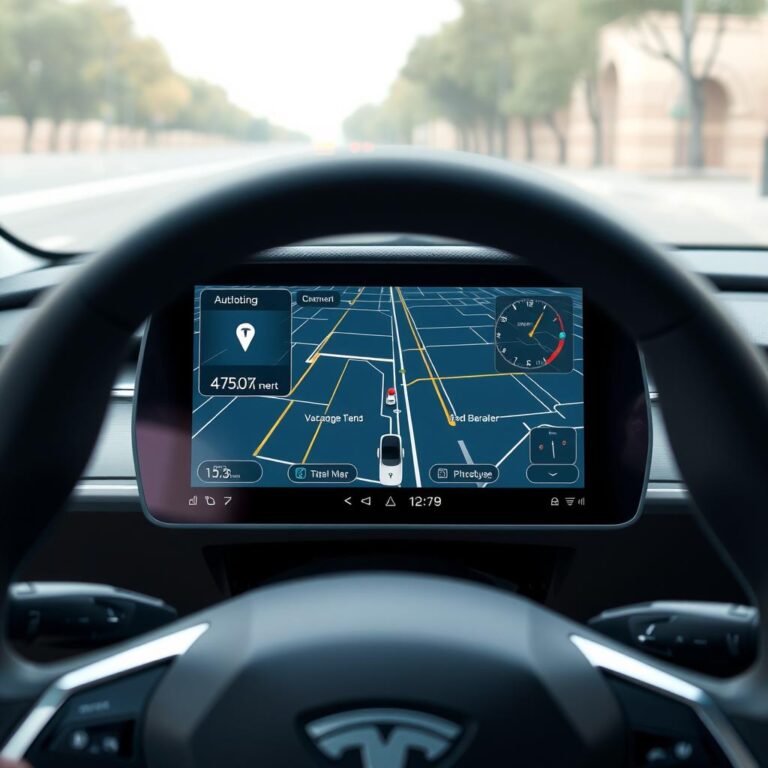Are Tesla Cars Good In Snow?
Are Tesla Cars Good in Snow? Here’s What You Need to Know
When it comes to driving in snow and icy conditions, the right vehicle can make a huge difference. Tesla cars, known for their impressive performance and cutting-edge technology, might not be the first cars that come to mind when you think about winter driving. But are Tesla cars good in snow? In this article, we’ll explore how Tesla cars perform in snowy and icy conditions, the features that help them handle winter weather, and whether they’re a good choice for those living in snowy climates.
How Do Tesla Cars Handle Winter Driving?
Winter driving can be challenging, with icy roads, snowstorms, and freezing temperatures. For many people who live in colder climates, having a car that can handle snow is a priority. Tesla cars are equipped with several features that can make them a good option for winter driving, but there are also certain things you need to keep in mind when driving a Tesla in the snow.
Let’s take a look at some of the key factors that influence how Tesla cars perform in snow:
- All-Wheel Drive (AWD): Many Tesla models come equipped with all-wheel drive, which is essential for improved traction in snow and slippery conditions.
- Battery Performance: The cold weather can affect the performance of a car’s battery, and while Teslas are known for their impressive battery range, winter conditions can reduce that range.
- Weight Distribution: Tesla’s battery pack is placed low in the car, giving the vehicle a low center of gravity and more balanced weight distribution, which can improve traction in snow.
Let’s dive deeper into these aspects and explore how they affect Tesla’s performance in snowy conditions.
All-Wheel Drive: How Tesla’s AWD Makes a Difference in Snow
One of the key features that help Tesla cars perform better in snow is the availability of all-wheel drive (AWD). Tesla offers AWD on several of its models, including the Model S, Model 3, Model X, and Model Y. AWD provides power to all four wheels, improving traction and stability, which is essential when driving on slippery, snow-covered roads.
Tesla’s AWD system uses dual electric motors—one for the front wheels and one for the rear wheels. This allows the vehicle to provide more power to the wheels that need it most, optimizing performance and helping to maintain control on snowy or icy surfaces. This system is particularly beneficial in slippery conditions, as it can adjust torque between the front and rear wheels for maximum traction.
For those who live in areas that experience heavy snow or frequent winter conditions, choosing a Tesla with AWD is highly recommended. It helps provide better control, stability, and confidence when driving in snow, even when the roads are slick.
Battery Performance in Cold Weather: Does Cold Affect Tesla’s Range in Snow?
While all-wheel drive is an important feature for winter driving, cold temperatures can also affect the performance of Tesla’s battery. In colder climates, the efficiency of electric vehicle batteries can decrease, leading to reduced range and performance. This is true for all electric vehicles, not just Teslas.
In extremely cold temperatures, the battery’s ability to store and deliver power can be compromised. When the battery is colder, it takes longer to charge, and the range of the vehicle may be lower than when it’s warm. Tesla has worked to mitigate this by incorporating thermal management systems that help keep the battery at an optimal temperature, even in cold weather.
That said, you may notice a slight reduction in range during the winter months, especially if the temperature drops significantly. However, this is typically not a huge concern for most drivers, as the cold weather impact on range is relatively manageable with proper planning. If you live in an area with heavy snow, it’s important to account for the possibility of shorter range and plan your trips accordingly.
Tips for Maximizing Range in Cold Weather:
- Precondition the battery: Tesla allows you to precondition the battery while it’s plugged in, warming it up before driving. This can help optimize performance and range in cold weather.
- Use “Range Mode” for more efficient driving: This setting limits the power used for non-essential systems to conserve battery life.
- Charge the battery to a higher percentage: In cold weather, it’s a good idea to keep the battery charged between 70% and 90% for optimal performance and longevity.
Weight Distribution: Does Tesla’s Low Center of Gravity Help in Snow?
Another factor that can improve Tesla’s performance in snow is its low center of gravity. Unlike traditional vehicles with internal combustion engines, Tesla’s battery pack is placed low in the car, beneath the floor of the vehicle. This gives the car a more balanced weight distribution and a lower center of gravity, which can improve stability and traction in snowy conditions.
In snowy conditions, having a low center of gravity means that the weight is more evenly distributed across the vehicle, helping it to maintain better contact with the road and reduce the likelihood of sliding or losing control. Additionally, this weight distribution helps Tesla cars maintain better handling and stability, even in adverse weather conditions.
The low center of gravity is one of the reasons why Tesla cars perform so well on tight turns and can handle snowy and icy conditions more easily compared to vehicles with higher centers of gravity, such as SUVs with more traditional drivetrains.
How Tesla’s Regenerative Braking Affects Driving in Snow
Tesla cars feature regenerative braking, which converts kinetic energy back into the battery while slowing the vehicle down. This provides energy savings and extends the range, but it can also have an impact on driving in snowy conditions.
While regenerative braking is great for efficiency and energy recovery, it can be more sensitive in slippery conditions like snow and ice. In some cases, regenerative braking can cause the vehicle to decelerate more rapidly than traditional brakes, potentially causing the car to slide or lose traction in slick conditions.
However, Tesla allows drivers to adjust the regenerative braking settings to better suit snowy or icy conditions. By reducing the strength of regenerative braking, drivers can achieve a smoother and more controlled braking experience in winter weather. This allows for better control and helps prevent unwanted skidding on snow or ice.
Are Tesla Tires Suitable for Snowy Conditions?
Another important factor to consider when driving a Tesla in snow is the type of tires you’re using. Tesla vehicles come equipped with all-season tires, which are suitable for moderate snow conditions, but they may not provide the optimal performance required for heavy snow or ice.
For drivers who live in areas that experience heavy snowfall, it’s a good idea to invest in winter tires, which are specifically designed to provide better traction on snow and ice. Winter tires are made with special rubber compounds and tread patterns that are optimized for cold, snowy, and icy conditions.
By switching to winter tires, Tesla owners can significantly improve their vehicle’s performance and safety when driving in snow. Winter tires can help improve braking distance, acceleration, and cornering, making them a smart choice for anyone who drives frequently in snow or icy conditions.
Conclusion: Are Tesla Cars Good in Snow?
In conclusion, Tesla cars are good in snow, especially when equipped with all-wheel drive (AWD) and the right set of tires. Tesla’s AWD system, combined with its low center of gravity and regenerative braking system, makes for a great driving experience in snowy and icy conditions. While cold weather can impact battery performance and range, Tesla’s thermal management systems help mitigate these issues, and with proper planning, range loss can be minimized.
For those living in snowy climates, Tesla’s AWD models, such as the Model S, Model 3, Model X, and Model Y, are equipped to handle winter conditions with confidence. With the right tires and a bit of extra planning for range, a Tesla can be a reliable, efficient, and enjoyable car to drive in snow.
So, if you’re wondering whether Tesla cars are good in snow, the answer is yes. With their advanced technology, AWD capabilities, and proper winter preparation, Teslas are well-suited for snowy conditions and offer a smooth driving experience even in challenging weather.
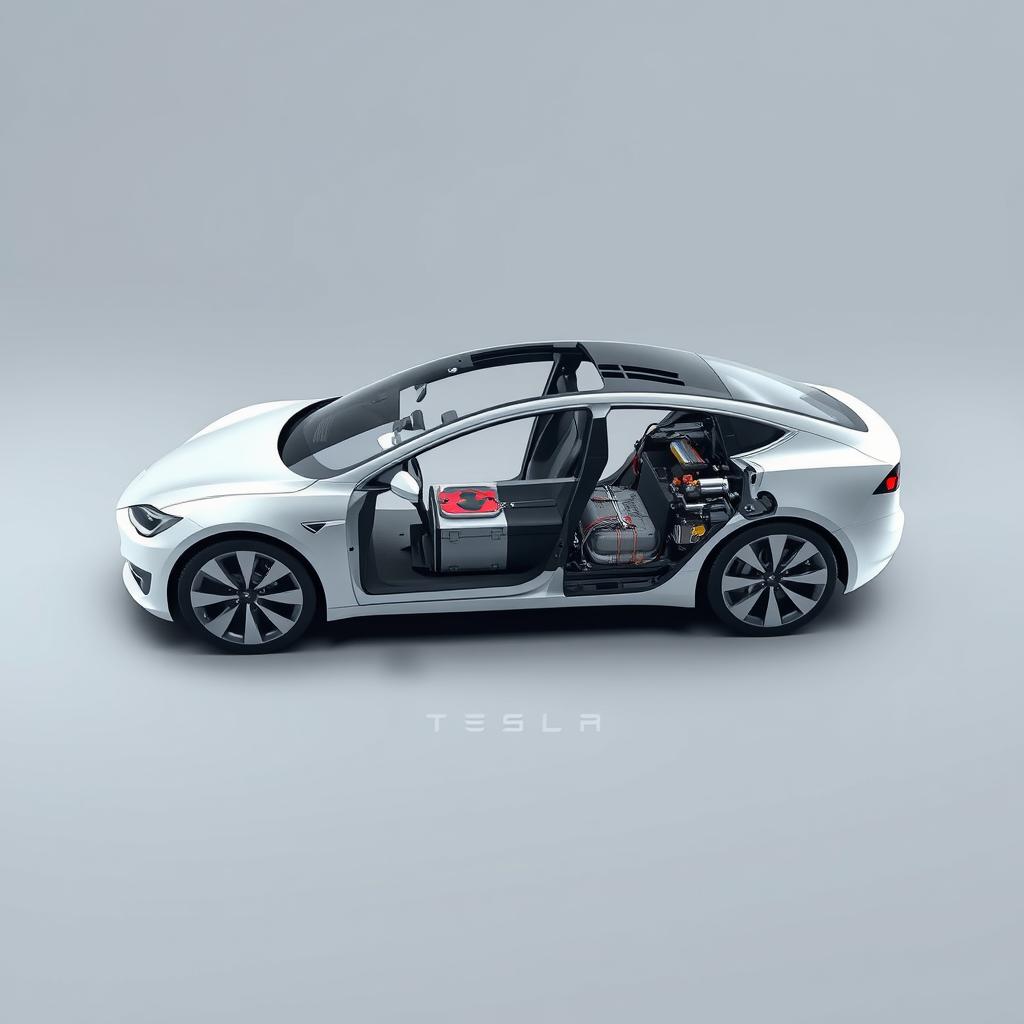
How to Prepare Your Tesla for Winter Driving
To ensure that your Tesla performs optimally during the winter months, there are a few steps you can take to prepare your vehicle for snowy conditions. While Tesla vehicles are already equipped with many features that improve performance in snow, taking some additional measures can help you get the most out of your car during winter driving.
1. Install Winter Tires
As mentioned earlier, winter tires are essential for optimal performance in snow and icy conditions. If you live in an area that experiences heavy snow, swapping out your all-season tires for winter tires can make a huge difference. Winter tires provide better traction, improved braking, and more stability on slippery surfaces, which is crucial for safety when driving in snow.
While Tesla’s all-season tires can handle moderate snow conditions, they are not designed for the harsher winter weather that can lead to snow and ice buildup. Winter tires are specifically designed to maintain grip in cold temperatures, with special tread patterns and rubber compounds that perform better in freezing conditions.
2. Keep the Battery Warm
Cold temperatures can impact the efficiency of your Tesla’s battery, potentially reducing range and performance. Tesla vehicles have a thermal management system that helps maintain optimal battery temperature, but when temperatures dip very low, you may want to take some additional steps to preserve the battery’s efficiency.
Before heading out on a long winter trip, it’s a good idea to precondition your Tesla while it’s still plugged in. This warms up the battery to an optimal temperature for performance and charging. Tesla’s app allows you to remotely precondition the car, ensuring the battery is warmed up and ready for the drive.
3. Monitor Tire Pressure
Cold weather can cause tire pressure to drop, which can affect your Tesla’s performance and handling. Lower tire pressure reduces traction, increases tire wear, and can decrease energy efficiency. It’s important to check your tire pressure regularly during the winter months, especially when the temperature drops.
Tesla vehicles come equipped with a Tire Pressure Monitoring System (TPMS), which alerts you if the tire pressure is too low. However, it’s still a good idea to manually check your tire pressure to ensure that your car is performing at its best during snowy or icy conditions.
4. Maximize Your Range in Cold Weather
As mentioned earlier, cold temperatures can slightly reduce your Tesla’s range. To minimize this, there are a few steps you can take:
- Precondition the cabin: In cold weather, heating the cabin uses more battery power. Preconditioning the cabin while the car is still plugged in can help reduce the energy needed to heat the car once you start driving.
- Use energy-efficient driving modes: Tesla offers a “Range Mode” setting, which reduces energy consumption for non-essential systems, such as heating and air conditioning. This can help maximize your range in winter driving conditions.
- Drive conservatively: In cold weather, your driving style can have a greater impact on range. Try to accelerate smoothly, avoid rapid acceleration, and use regenerative braking to maximize the efficiency of your Tesla.
By taking these steps, you can ensure that your Tesla remains efficient and performs well in cold temperatures, even with the potential reduction in range caused by the weather.
What to Do if You Get Stuck in the Snow
While Tesla’s AWD system, low center of gravity, and winter tires can help keep you safe in snowy conditions, there’s always a chance that you might get stuck. Whether due to a snowdrift, ice, or simply driving in deeper snow than expected, it’s important to know what to do if your Tesla gets stuck.
1. Stay Calm and Assess the Situation
If you find yourself stuck in the snow, the first thing to do is stay calm and assess the situation. Before trying to move the car, ensure that you’re not in any immediate danger, especially if the snow is deep enough to obstruct visibility or if you’re stuck in an unsafe location.
Once you’ve assessed the situation, check if the wheels are spinning freely. If the car is stuck in deep snow or slush, you may need to clear a path for the tires to get some traction.
2. Try Rocking the Car
One technique that can help you get unstuck is known as “rocking” the car. To do this, gently press the accelerator to move the car forward slightly, then release it and let the car roll back. Alternate between forward and reverse motion, being careful not to overdo it and damage the motor or tires. The goal is to create enough movement for the wheels to break free from the snow or ice.
3. Use Sand, Salt, or Traction Mats
If your Tesla is stuck in snow or ice, adding sand, salt, or traction mats under the wheels can help create extra grip. Tesla vehicles, like most modern cars, don’t come with a traditional spare tire, so it’s a good idea to keep some emergency supplies in your car, including a small bag of sand, cat litter, or traction mats.
4. Contact Roadside Assistance
If all else fails and you’re unable to get your Tesla unstuck, it’s time to contact Tesla’s roadside assistance service. Tesla offers 24/7 roadside assistance for any vehicle-related issues, including getting stuck in snow. If necessary, Tesla can dispatch a tow truck to get you to a safer location where you can get help or wait for the snow to be cleared.
Are Tesla Cars Good in Snow? The Final Verdict
In conclusion, Tesla cars are indeed good in snow, especially when equipped with all-wheel drive (AWD) and winter tires. Tesla’s advanced features, such as its low center of gravity, dual motor AWD system, and regenerative braking, all contribute to making it a great option for winter driving. While the cold weather can slightly impact battery performance, Tesla’s thermal management systems help mitigate these effects, and with proper planning, your Tesla can handle snowy conditions with ease.
By preparing your Tesla for winter driving—whether by installing winter tires, monitoring tire pressure, or taking advantage of features like preconditioning and Range Mode—you can enjoy safe and efficient driving in snow. So, if you live in a region with harsh winters, Tesla cars are a great choice for getting around in the snow, providing you with performance, safety, and reliability in all kinds of winter conditions.
Overall, if you’re wondering, “Are Tesla cars good in snow?” the answer is yes! With the right preparation, a Tesla can handle snowy weather as well as, if not better than, many traditional vehicles.

